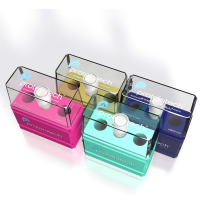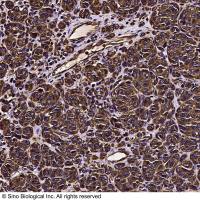Predicting the MHC-Peptide Affinity Using Some Interactive-Type Molecular Descriptors and QSAR Models
互联网
互联网
相关产品推荐

Capsid L1重组蛋白|Recombinant Human Papilloma Virus type 16 (HPV 16) L1 protein (VLP)
¥3220

Recombinant-Hordeum-vulgare-High-molecular-mass-early-light-inducible-protein-HV58-chloroplasticHigh molecular mass early light-inducible protein HV58, chloroplastic; ELIP
¥10556

DYKDDDDK Synthetic Peptide
¥200

Anti-Mouse MHC Class II (I-A/I-E) (M5/114.15.2) 65122-1-Ig
¥650

Vimentin Antibody, Rabbit PAb, Antigen Affinity Purified | Vimentin 兔多抗 (抗原亲和纯化)
¥1699
相关问答

